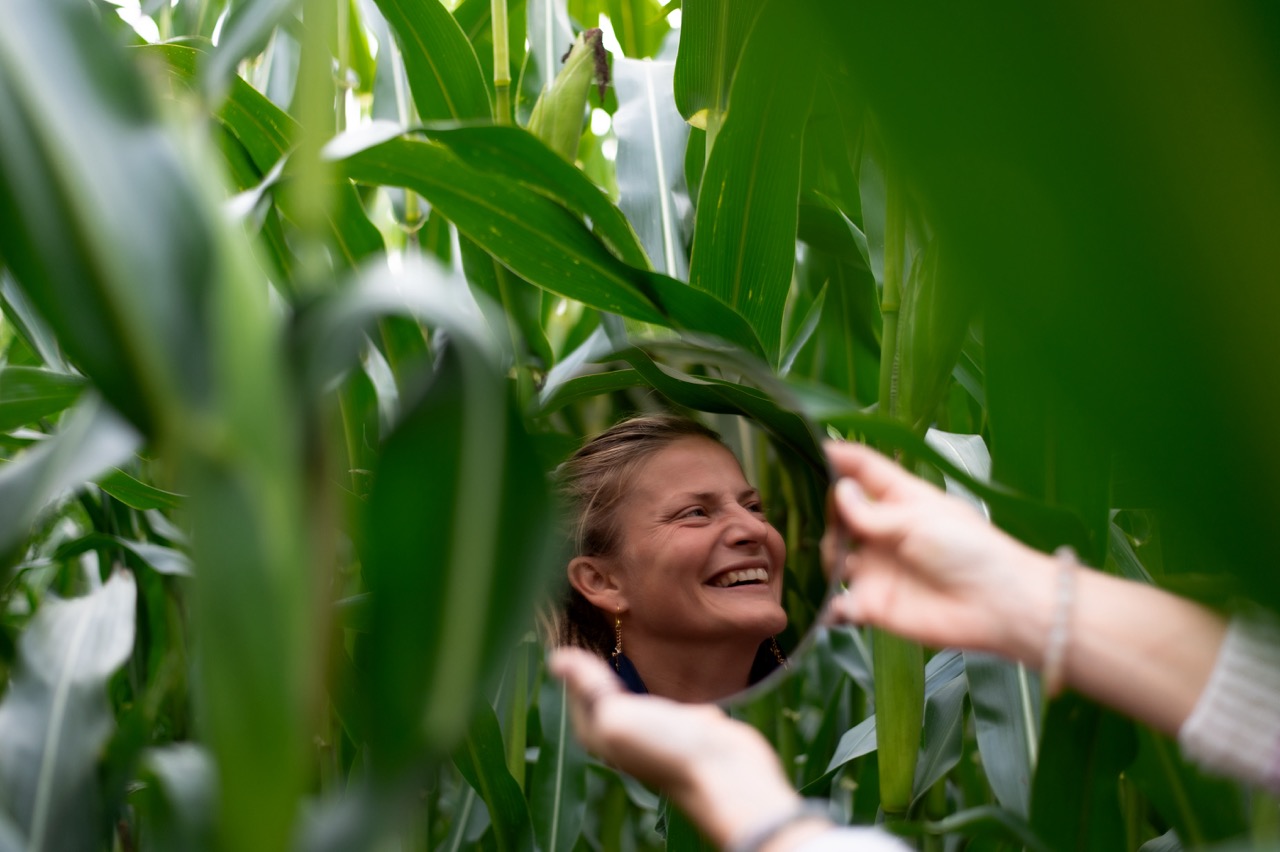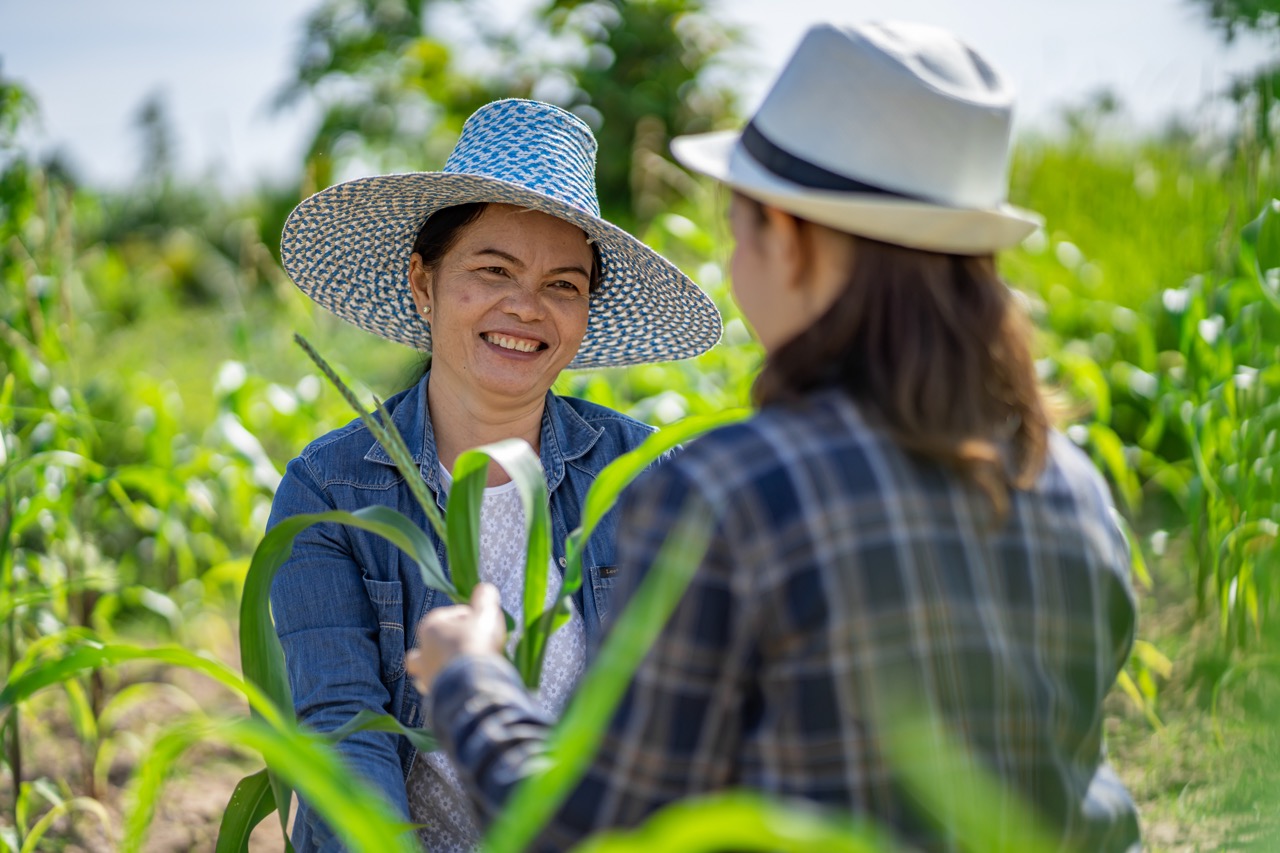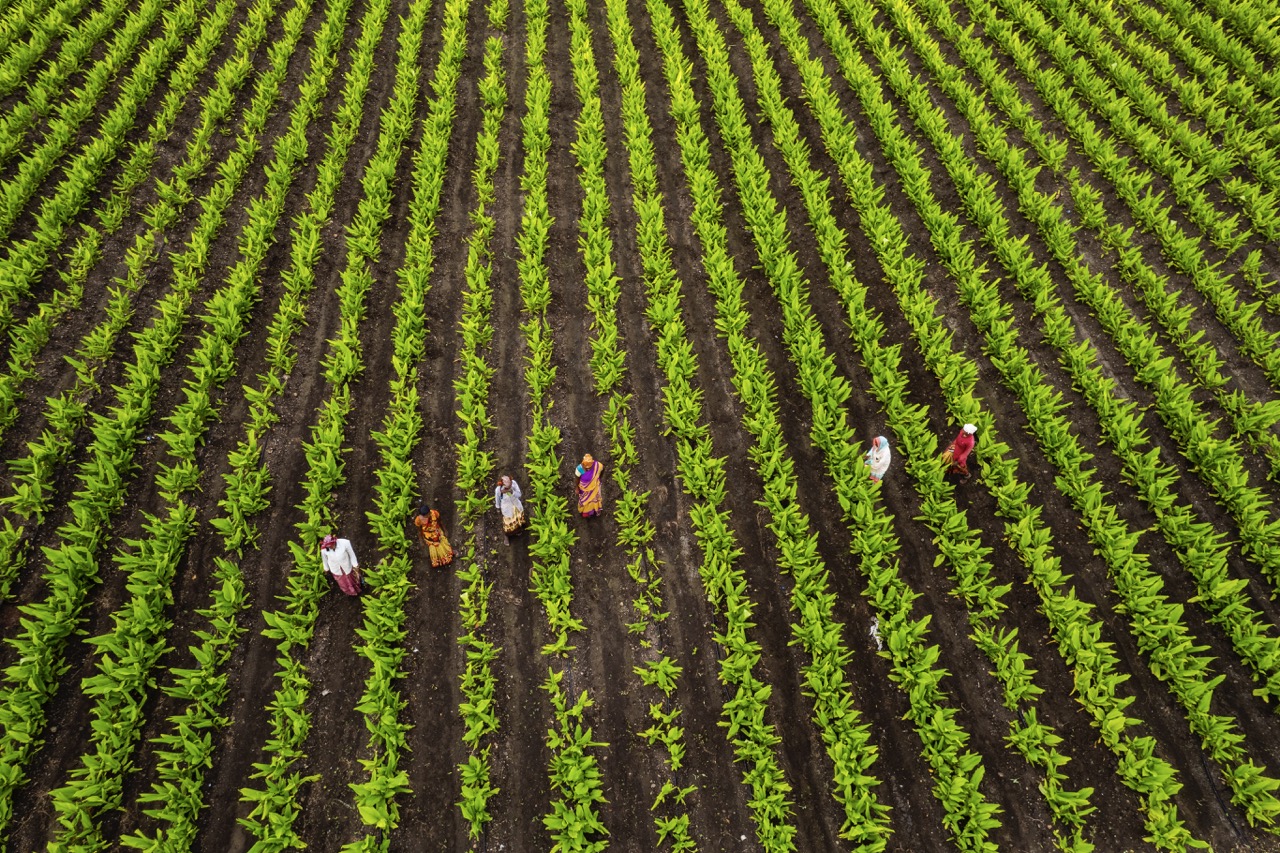Sharecropping, a practice traditionally associated with agricultural labor and socio-economic challenges, may hold untapped potential in promoting sustainable agriculture and environmental stewardship. This system, wherein landowners allow farmers to cultivate their land in exchange for a share of the crops produced, can be reimagined to support soil health and biodiversity. By fostering cooperative farming practices and enhancing ecosystems, sharecropping can emerge as a vital component in the quest for sustainable food systems. This article delves into the roles of sharecropping in sustainable agriculture, its contributions to soil health, and the ways it can bolster biodiversity.
Understanding Sharecropping’s Role in Sustainable Agriculture
Sharecropping has a long and complex history, often linked to inequities and economic hardship. However, when viewed through the lens of sustainable agriculture, it can represent an innovative approach to farming that emphasizes resource sharing and environmental responsibility. By pooling resources and knowledge, sharecroppers can implement practices that promote sustainability and resilience in farming systems, reducing reliance on chemical inputs and encouraging crop diversity.
In a modern context, sharecropping can facilitate access to land for new and existing farmers, particularly in underserved communities. This accessibility can lead to the adoption of sustainable agricultural practices that focus on long-term soil health, which is central to ensuring food security. Moreover, sharecropping arrangements can help smallholder farmers navigate economic barriers by allowing them to focus on productivity without the burden of land ownership.
Finally, the cooperative nature of sharecropping encourages knowledge exchange among farmers, fostering a culture of learning and innovation. By sharing techniques, resources, and labor, farmers can collectively address environmental challenges such as soil erosion, nutrient depletion, and climate change. This collaborative spirit not only supports the individual farmer but also strengthens local agricultural systems.
Enhancing Soil Health Through Cooperative Farming Practices
Soil health is foundational to agricultural productivity and environmental stability. Sharecropping inherently promotes practices that can enhance soil quality, such as crop rotation, cover cropping, and reduced tillage. By working collaboratively, sharecroppers can effectively implement these practices over larger areas, leading to improved soil structure, increased organic matter, and enhanced microbial activity.
One of the significant advantages of sharecropping is the diversity of crops that can be grown. Different crops contribute various nutrients and organic matter to the soil, breaking pest and disease cycles and reducing the need for chemical fertilizers. This diversity not only improves soil health but also increases resilience against environmental stressors, such as drought or flooding, contributing to more sustainable agricultural systems.
Furthermore, cooperative farming can help mitigate soil erosion, which is a major concern in conventional agriculture. By planting cover crops and establishing contour farming systems, sharecroppers can work together to protect the soil from erosion caused by wind and water. This collaborative approach not only improves soil health but also contributes to the long-term sustainability of the land, ensuring that future generations can continue to farm successfully.
Biodiversity Benefits: How Sharecropping Supports Ecosystems
Biodiversity is essential for maintaining healthy ecosystems, and sharecropping can significantly contribute to this diversity. By encouraging diverse cropping systems and rotational practices, sharecroppers can create habitats for various species, which plays a crucial role in pest control, pollination, and maintaining ecological balance. This diversity is particularly important in an era of climate change, as it enhances ecosystem resilience.
Moreover, the communal nature of sharecropping can lead to the establishment of agroforestry systems, integrating trees and shrubs into farming landscapes. These systems not only enhance biodiversity but also improve soil health, water retention, and carbon sequestration. By fostering a multi-layered agricultural approach, sharecroppers can create environments that support a wide range of flora and fauna, thus promoting ecological sustainability.
In addition, sharecropping can provide opportunities for farmers to engage in conservation practices, such as preserving native plant species or restoring degraded lands. By collectively managing these efforts, sharecroppers can enhance landscape diversity, which is vital for maintaining ecosystem services. These practices not only benefit the environment but also create a harmonious relationship between agriculture and nature, ensuring the longevity of both.
Strategies for Implementing Effective Sharecropping Models
To realize the full potential of sharecropping in enhancing soil health and biodiversity, effective models must be implemented. First, establishing clear agreements between landowners and sharecroppers is essential. These contracts should outline responsibilities, profit-sharing arrangements, and commitments to sustainable practices, ensuring that both parties are aligned in their goals for the land.
Second, education and training programs can play a pivotal role in promoting sustainable sharecropping practices. Providing farmers with access to resources, workshops, and mentorship can empower them to adopt innovative techniques that improve soil health and biodiversity. This knowledge transfer is crucial for fostering a community of practice where sustainable agriculture becomes the norm rather than the exception.
Lastly, collaboration with local agricultural organizations and governmental bodies can facilitate the development of supportive policies for sharecropping. By advocating for incentives that reward sustainable practices, such as tax breaks or grants for environmentally friendly initiatives, these entities can help create an enabling environment for sharecropping to flourish. By integrating sharecropping into broader agricultural policies, the potential for enhancing soil health and biodiversity can be maximized.
In conclusion, sharecropping offers a unique opportunity to advance sustainable agriculture while addressing pressing environmental concerns. By enhancing soil health through cooperative practices and fostering biodiversity, this age-old system can be revitalized to meet modern agricultural challenges. With strategic implementation and support, sharecropping can play a critical role in building resilient, sustainable food systems that benefit both farmers and the environment. Embracing this approach could lead to a more equitable and ecologically sound future for agriculture, showcasing how collaboration can pave the way for innovative solutions in the face of adversity.










